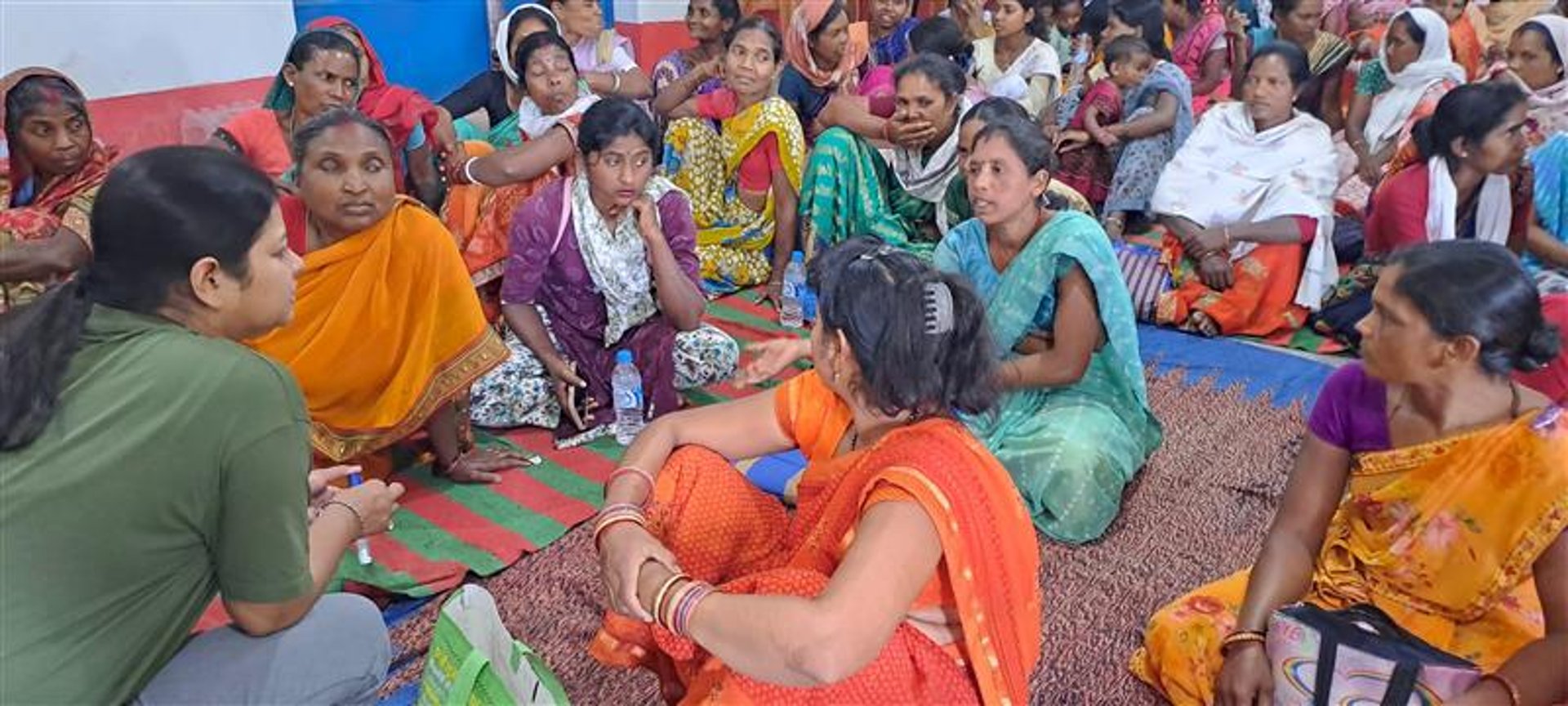
28.03.25
Sona Buru Jungle Producer Company: A Women-Led Community Enterprise in Jharkhand
SBJPC was established to empower Adivasi women by transforming their traditional role as collectors of SFPs into a structured and profit-driven enterprise. With leadership solely comprising Adivasi women, SBJPC stands as a powerful testament to women’s empowerment as well as the sustainable and profitable use of SFPs.SBJPC creates opportunities for economies of scale, mechanisation to improve efficiency, and aggregation of produce—while simultaneously formalising the lower end of the forest supply chain, namely, women’s labour. This formalised approach ensures fair value for women collectors, thereby promoting sustainability and profitability in the forest economy.


Sona Buru Jungle Producer Company (SBJPC) is a women-led Producer Company established in Simdega, Jharkhand, with Adivasi women serving as its board of directors, promoters, and shareholders. The women from the three blocks of Bano, Jaldega, and Kolebira—Simdega district—who are traditional collectors of seasonal forest products (SFPs), came together to form a producer company focused on the sustainable collection, aggregation, and sales of forest produce.
Empowering SBJPC’s Women: Capacity Building Workshop by the Initiative on the Forest Economy
The Initiative on the Forest Economy (IoFE) conducted a two-day capacity-building workshop on 25–26 March 2025 for the BoDs and women members from the Bano, Kolebira, and Jaldega blocks of SBJPC. Through interactive skits, storytelling, and group exercises, the training ensured equal and active participation, thus making complex concepts accessible to all attendees.
Over 60 women gathered at the Panchayat Office in Bano for the workshop, demonstrating remarkable enthusiasm and leadership potential. Notably, despite coinciding with the peak mahua season—a period of high-income potential—these women willingly sacrificed two days of earnings to attend the training.
The first day of the workshop focused on:
building knowledge around the PC model;
understanding how the PC model enhances collective bargaining and improves prices through economies of scale and direct market linkages;
engaging in a role-play conducted by our team, comparing the dynamics of sales through a PC versus an individual seller—vividly illustrating the collective advantages of the PC model;
exploring the structure and benefits of selling via PCs versus self-help groups (SHGs) or producer groups (PGs); and
introducing key terms, such as Community Forest Resource Management Committees (CFRMCs), and explaining the role of the Gram Sabha in supporting PC operations.
Day 1: Knowledge Building and Understanding the PC Model
Way Forward: Women as Architects of Change
With a clear vision to facilitate a large-scale sal seed sale, the BoDs and members of SBJPC proactively strategised and developed a comprehensive action plan for the upcoming season. Their goal: to ensure the efficient and effective aggregation of sal seeds across all participating villages and blocks.
These women are not merely participants—they are architects of change, committed to advancing forest-based livelihoods. Under their leadership, SBJPC is well-positioned to become a leading model of a community-owned forest enterprise, thereby strengthening the forest economy and transforming the livelihoods of forest-dependent communities.
Day 2: Action Planning for Scaling Operations
The second day focused on:
developing actionable plans for shareholder mobilisation to recruit new members to the company;
designing an operational strategy for the upcoming sal seed sale; and
exploring various operational approaches for collection and storage.
Key Contributions of Women Participants
Women participants mapped out local leaders for enrolment drives across approximately 134 villages in the three blocks.
They established the Sarai Didi System in areas where CFRMCs were not established. This system designates women aggregators as village-level coordinators responsible for managing aggregation and storage one day before the market, thereby minimising leakage.
